#flowering plant
Text

Rallarros - Carin Ax
Swedish , b. 1915 -
Colour lithograph , 31 x 18.5 cm. Ed. 61/250.
192 notes
·
View notes
Text

More Details
126 notes
·
View notes
Photo

Fireweed (Chamaenerion angustifolium)
Family: Evening Primrose Family (Onagraceae)
IUCN Conservation Status: Least Concern
Growing rapidly and reproducing very frequently, Fireweed thrives in areas that have been recently cleared of other plants due to forest fires or other disruptive events, earning it its name. Widely distributed throughout the northern hemisphere, it is a textbook example of a pioneer species (the first species of plants, or other non-motile organisms, to spread onto land that has been cleared of its previous occupants) ; unable to compete with taller, more “aggressive” species of plants that will have taken over older habitats, its seeds remain dormant in soil for years at a time, while adult plants may remain in small numbers in clearing or frequently-disturbed forest edges, or may be entirely absent. When a fire occurs the seeds respond to the heat and begin to germinate, allowing young individuals to emerge after the fire has subsided and most potential competitors have been eliminated. After sprouting, young Fireweed can reach considerable heights (potentially growing to be up to 2.5 meters/8ft tall, although in areas with limited resources they may never exceed 0.5 meters/1.6ft) and, upon reaching maturity, will develop numerous 5-petaled pink flowers each year that, once pollinated, develop into long strings of tiny seeds covered with cottony parachute-like structures that allow them to be carried away from their parent on the wind, settling in new ground where they may later germinate. Members of this species can live for several years, but as slower-growing but taller and more competitive plants gradually return to a cleared area Fireweed populations will gradually decrease as their access to sunlight and soil nutrients is reduced. As such, once an area has “healed” from the disturbance that cleared it, adult Fireweeds become rare once again, but the seeds they produced when more abundant remain dormant in the soil until another disturbance provides them with an opportunity to grow. In human-influenced habitats faced with near-constant disturbance (such as railways or roadsides,) it is possible for adult Fireweeds to remain abundant permanently, and the ease at which members of this species adapt to urban environments, combined with its impressive hardiness, has led to it becoming somewhat prominent in folklore, featuring on the flag of the Canadian territory of Yukon, being referenced in the works of Rudyard Kipling and J.R.R Tolkien, and earning the name “Bombweed” in the UK after large numbers of Fireweeds were observed growing in the ruins of bombed-out buildings leveled during World War II. Ecologically, various species of deer, bears and hawk-moths are known to feed on the leaves, flowers, nectar and seeds of this species.
--------------------------------------------------------------------------
Image Source: https://www.inaturalist.org/taxa/564969-Chamaenerion-angustifolium
#fireweed#Chamaenerion angustifolium#plant#plants#flowering plant#flowering plants#angiosperms#angiosperm#biology#botany#wildlife#African wildlife#north american wildlife#Asian Wildlife#European wildlife#ecological succession#ecology#flower#flowers
64 notes
·
View notes
Text

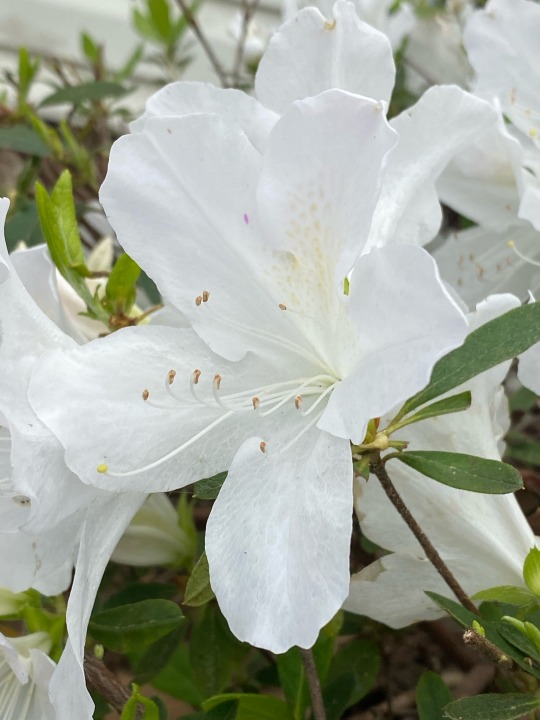
Pretty white azealias
21 notes
·
View notes
Text
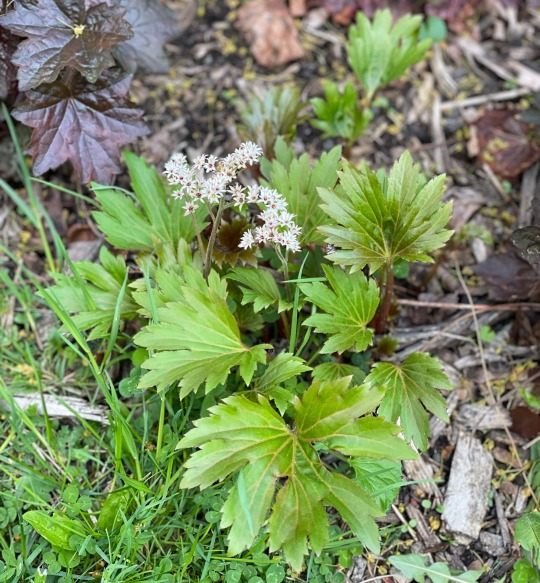
Coral bells (Heuchera spp.) are a beautiful and versatile flowering plant that thrives in partial shade to full sun and well-draining soil. They are drought tolerant and should dry out slightly between waterings. With their delicate foliage and vibrant blooms, coral bells are a popular choice for gardeners looking to add color and texture to their landscapes. Popular varieties can range in color from purple to red to pink to the green seen above. Coral bells are not considered invasive and are native to North America, including the Rocky Mountains and the eastern United States.
#coral bells#heuchera#my garden#perennial#flowering plant#woodland garden#horticulture#garden#gardening#native plants
3 notes
·
View notes
Text

#Flower#Pink Color#Beauty In Nature#Close-Up#Petal#Growth#Nature#Plant#Outdoors#Freshness#Flower Head#Leaf#Flowering Plant#Rose - Flower#Fragility#photography
3 notes
·
View notes
Video
n174_w1150 by Biodiversity Heritage Library
Via Flickr:
Atlas de poche des plantes des champs, des prairies et des bois Paris :P. Klincksieck,[1894] biodiversitylibrary.org/page/11018393
#Botany#Pictorial works#MBLWHOI Library#Woods Hole#bhl:page=11018393#dc:identifier=http://biodiversitylibrary.org/page/11018393#Chamerion angustifolium#Plant#fireweed#North America Plant#rosebay willowherb#Europe Plant#Epilobium#Onagraceae#Myrtales#Rosids#Eudicots#Flowering plant#taxonomy:binomial=Chamerion angustifolium#flickr#willowherbs#willowherb
2 notes
·
View notes
Text

#art#photography#original photographers#photographers on tumblr#photograph#Astra's photography#flower#summer#summer photography#plant#flora#plants#plant life#flowers#flowering plant
2 notes
·
View notes
Text

Flowers in pot - Jette Stoltz
Swedish , 1923-2010
Oil on canvas , 24 x 19 cm.
100 notes
·
View notes
Text


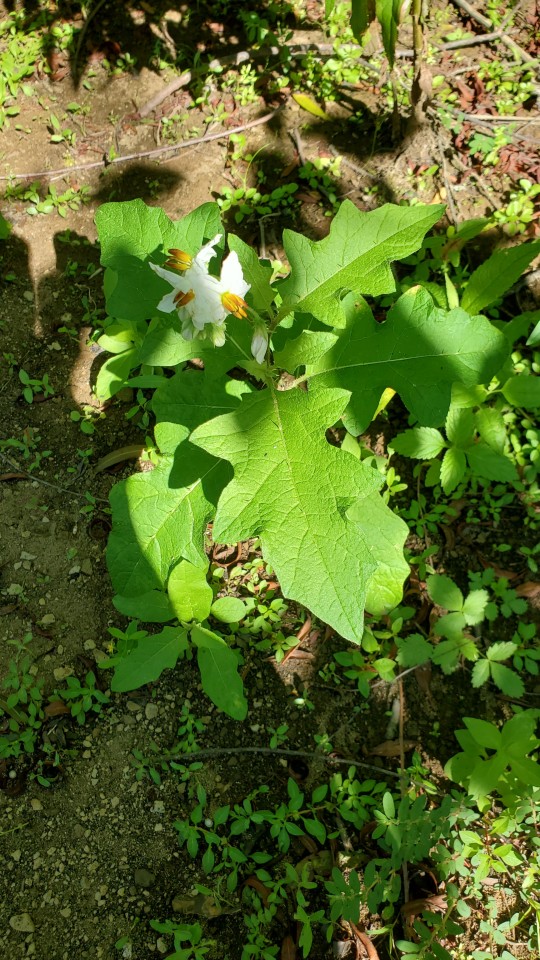
7/30/22
2 notes
·
View notes
Text

Common Sunflower (Helianthus annuus)
Family: Aster Family (Asteraceae)
IUCN Conservation Status: Least Concern
Originating from the Americas, the Common Sunflower can now be found on every continent except Antarctica, both in cultivation (where it is grown for its edible seeds, useful oils and iconic flowers) and in the wild as an invasive species. Typically growing in open habitats with damp, nutrient-rich soil, members of this species are often said to turn to face the sun, although this is not strictly true; young Common Sunflowers do position their developing flowers to face towards the sun throughout the day, but upon reaching maturity their flowers remain fixed in place, almost always facing east - as the sun rises in the east, this means that the dark surface of the mature flower heads are heated up each morning, making them more attractive to ectothermic ("cold-blooded") pollinating insects. What is typically thought of as the flower of a sunflower is actually a large flower-supporting structure called a flower head, and upon closer inspection the "face" of the flower head is covered in a large number of tiny true flowers called florets - while cultivated varieties and the invasive populations descended from them only ever develop a single flowerhead, wild individuals often branch out and develop several, each supporting up to 2,000 florets. Each flower head supports both pollen-producing "male" florets and pollen-receiving "female" florets, and upon being pollinated female flowers develop into small, black, dry fruits commonly referred to as "sunflower seeds", although in reality the pale rounded structures within the "seeds", known as sunflower hearts, are the true seeds, with what is typically thought of as a sunflower seed serving to attract small animals to swallow them and allow the seeds within to be dispersed in the animals' dung. Although they reach considerable sizes (with wild individuals growing to be up to 3 meters/ 10 feet in height, with some cultivated varieties reaching even greater heights,) Common Sunflowers are short-lived, germinating, reproducing and dying in only around 10-18 weeks.
--------------------------------------------------------------------------
Image Source: https://www.inaturalist.org/taxa/57983-Helianthus-annuus
#common sunflower#sunflower#sunflowers#plant#plants#flowering plants#flowering plant#botany#biology#wildlife#North American wildlife#South American wildlife
51 notes
·
View notes
Text

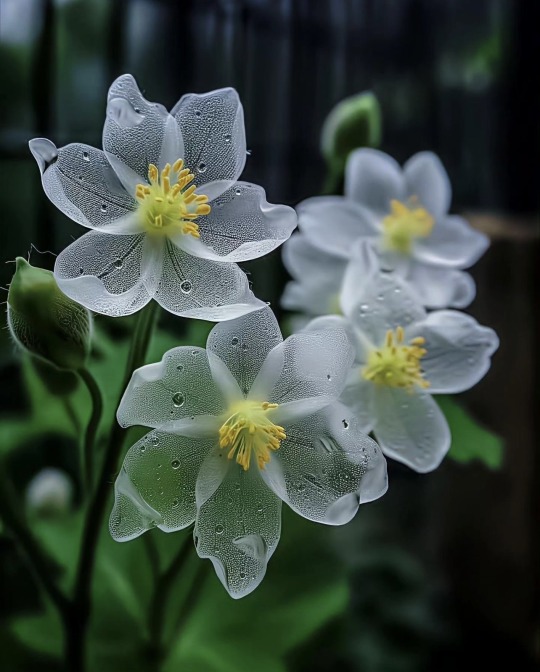
Alpine lotus leaf flower
62K notes
·
View notes
Text


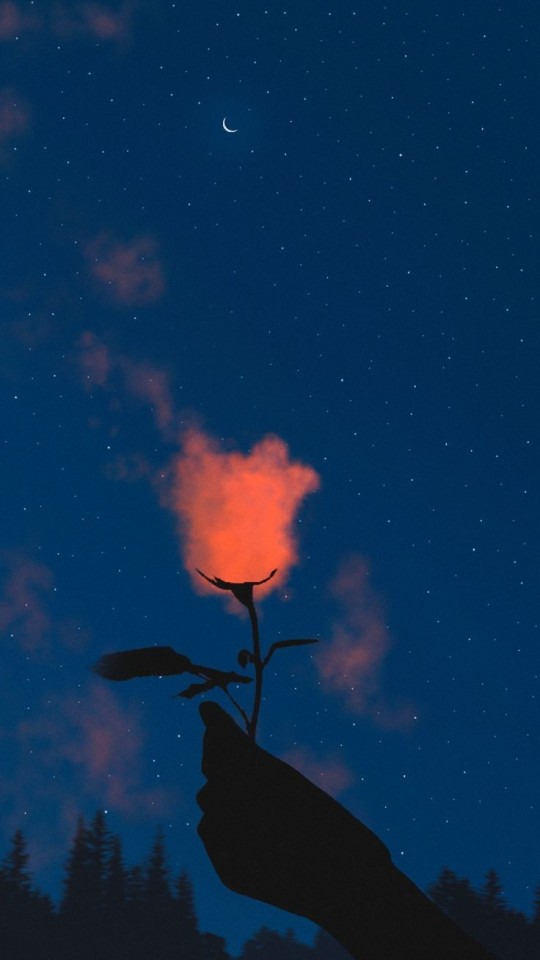

㋡🥀
#nature#art#design#beauty#scenery#flowers#cute#photographers on tumblr#artwork#artists on tumblr#cottagecore#naturecore#plants#inspiration#motivation#alternative#aesthetic#travel#photography#landscape#paradise#adventure#exlore#traveling#indie#style#vintage#retro#pretty#dark academic aesthetic
19K notes
·
View notes
Text

stardew valley flora 🌻
[now you can purchase prints and preorder tote bags on my etsy or my ko-fi !!]
i've been wanting to try one of these botanical posters in my style, and the 1.6 update was the perfect excuse✨
#stardew valley#sdv#stardew valley fanart#sdv fanart#digital art#stardew valley art#stardew fanart#flora#botanical#flowers#plants#vintage#art#illustration
9K notes
·
View notes
Text

Precious
#illustration#purple#digital art#cat#kitty#cats#magenta#plants#flowers#dedicated to my cat#my bestest friend#non fandom tag#original art
10K notes
·
View notes

